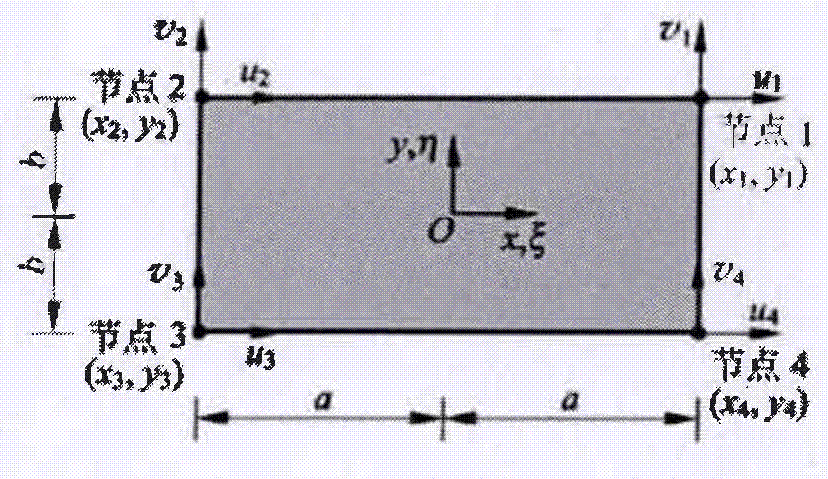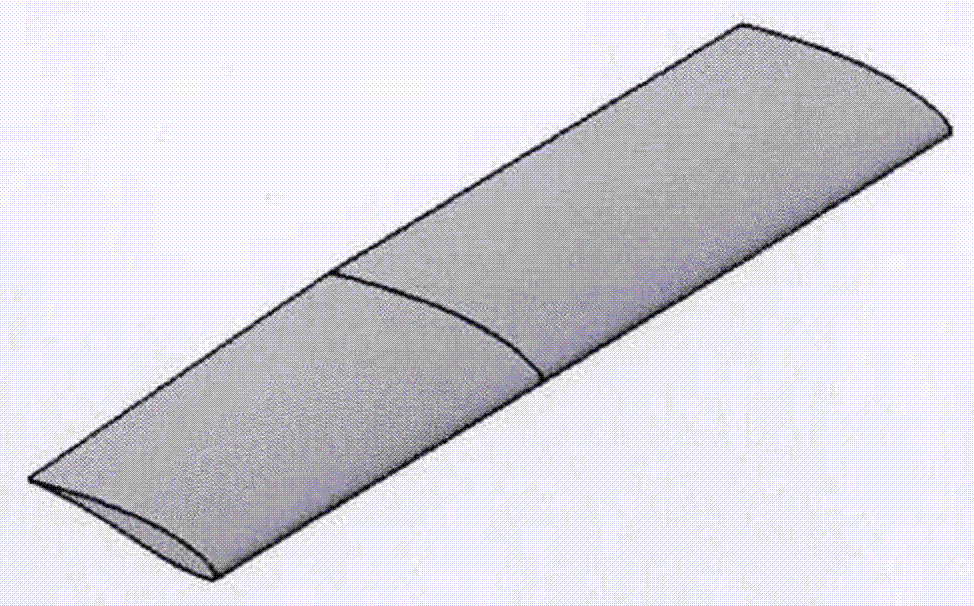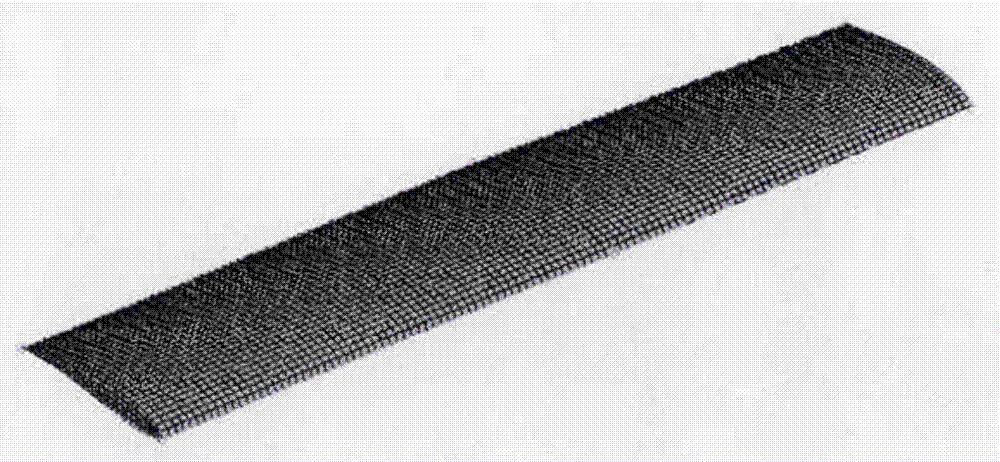Finite element analysis method based on composite layers for small-sized throwing-type unmanned aerial vehicle
A technology of composite materials and analysis methods, applied in the field of finite element analysis of drones, can solve problems such as prolonging the development cycle, poor analysis accuracy, and high cost, and achieve the effects of reducing quantity, improving analysis accuracy, and large economic benefits
- Summary
- Abstract
- Description
- Claims
- Application Information
AI Technical Summary
Problems solved by technology
Method used
Image
Examples
Embodiment 1
[0032] (1) Calculation process and results of ultimate strength:
[0033] The finite element ultimate strength calculation is mainly to obtain the displacement of each node and the stress and strain of each unit, and compare it with the required stress of the composite material to determine whether the composite material can withstand the applied load.
[0034] Analyze the stress situation at any point of each unit of the finite element, and decompose along the coordinate axis directions x, y, z to obtain a balanced differential equation:
[0035]
[0036] σ i is the stress that the unit bears on the i axis (i is the x, y, z axis); τ ij is the shear stress borne by the unit in the ij plane (i, j are x, y, z axes); F i is the external load that the unit bears in the i direction (i is the x, y, z axis).
[0037] Assuming that the unit has a small displacement and a small deformation under the stress state, the relationship between the strain vector and the displacement vec...
PUM
| Property | Measurement | Unit |
|---|---|---|
| Thickness | aaaaa | aaaaa |
Abstract
Description
Claims
Application Information
 Login to View More
Login to View More - R&D
- Intellectual Property
- Life Sciences
- Materials
- Tech Scout
- Unparalleled Data Quality
- Higher Quality Content
- 60% Fewer Hallucinations
Browse by: Latest US Patents, China's latest patents, Technical Efficacy Thesaurus, Application Domain, Technology Topic, Popular Technical Reports.
© 2025 PatSnap. All rights reserved.Legal|Privacy policy|Modern Slavery Act Transparency Statement|Sitemap|About US| Contact US: help@patsnap.com



